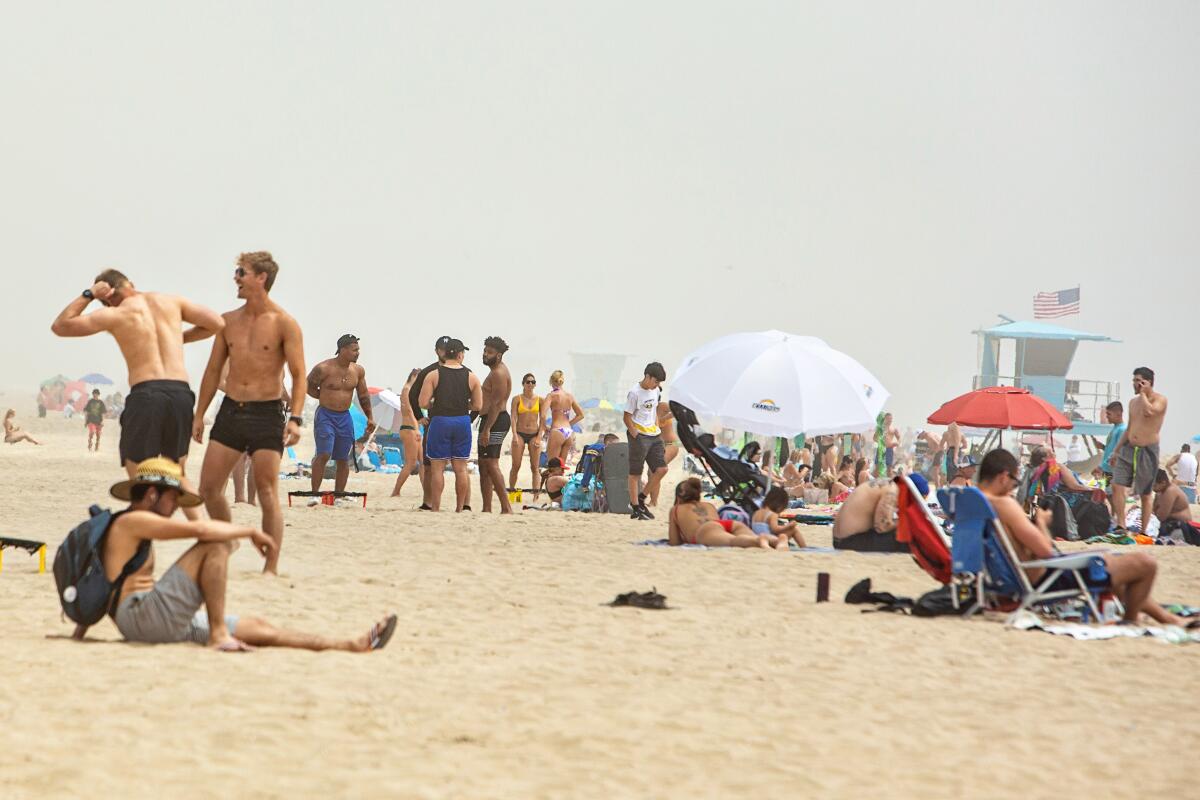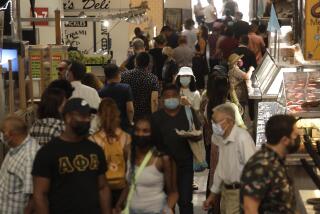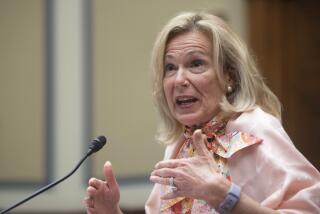Opinion: What does a socially distanced summer even look like?

- Share via
Dr. Deborah Birx, the White House’s coronavirus response coordinator, said Sunday on NBC’s “Meet the Press” that social distancing would probably continue through the summer.
I know what you’re thinking, because I had the same initial thought: There’s no way I can stand four more months of this lockdown.
But that’s not what Birx meant, at least I think and hope not. A socially distanced summer doesn’t mean we continue to remain hunkered down in our homes until September, except for the occasional run to the grocery store. If we did, there wouldn’t be much of a society or economy to rejoin when we emerged in the fall.
What it means is that as we relax some of the strictest pandemic restrictions in the coming weeks, we will keep some measures in place to protect ourselves from a virus that will continue to be a threat for the foreseeable future.
What that looks like will necessarily vary by state, by region, by city and by person.
Some people who are at particular risk from COVID-19 may not want to leave the house until there’s a vaccine. The rest of us need to prepare ourselves for a strange and low-key summer with no concerts, fairs or events with large gatherings of people. And nightclubs and bars? Don’t count on it.
Retail and grocery stores may well continue to limit the number of people they allow inside and ask that patrons wear face coverings, possibly through the rest of the year, if not longer. Service industries will adopt new rules to limit contact between providers and clients once they are allowed to reopen.
When we go back to to work at the office or warehouse, if we go back, many of those places will look and feel different, with new rules about interactions like handshakes, spaced-out work areas and staggered work schedules.
Temperature checks may be required for entry into public buildings and spaces.
For many reasons, the current state of stay-at-home measures can’t continue for months on end. It was appropriate at the time for California and other states to adopt early, extreme measures to address a new and relatively unknown viral infection for which we were colossally unprepared. And those measures appear to have succeeded in suppressing a steep spike in sickness and death. More people have died from COVID-19 in the U.S. than in any other nation, but it could have been much worse.
But people will simply not put up with being locked up inside much longer, with no clue how and when they will be released, even if that’s the safest option. The crowds at Orange County beaches over this past warm weekend indicate that some people have already reached that point.
State and local officials have to figure out and communicate — and soon — a clear path out of quarantine that’s safe and coordinated, and one that allows people access to outside spaces. (And definitely not in the disorganized or politically motivated manner that we have seen in a few states. Looking at you, Georgia.) Otherwise, the public is bound to revolt.
More to Read
A cure for the common opinion
Get thought-provoking perspectives with our weekly newsletter.
You may occasionally receive promotional content from the Los Angeles Times.











